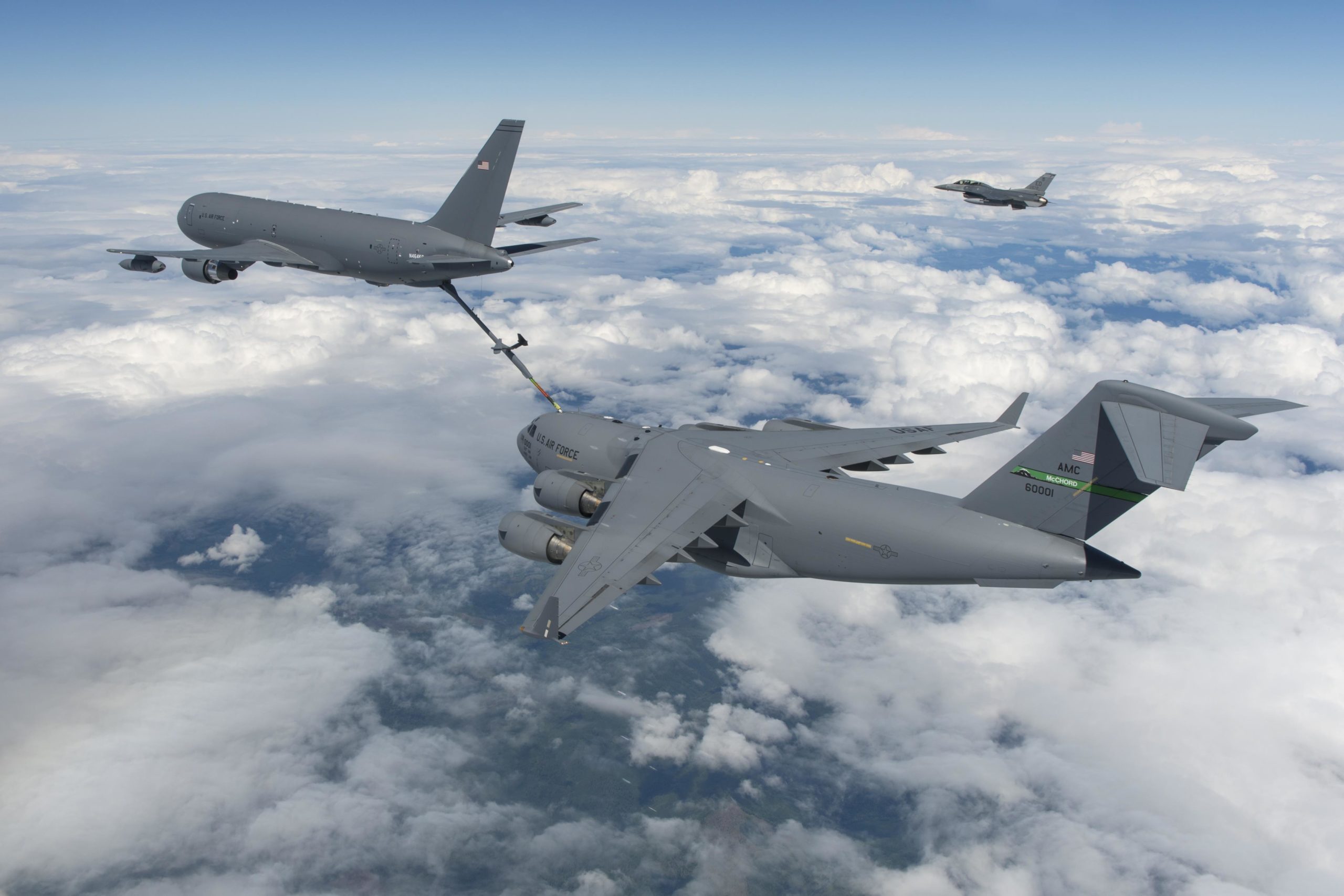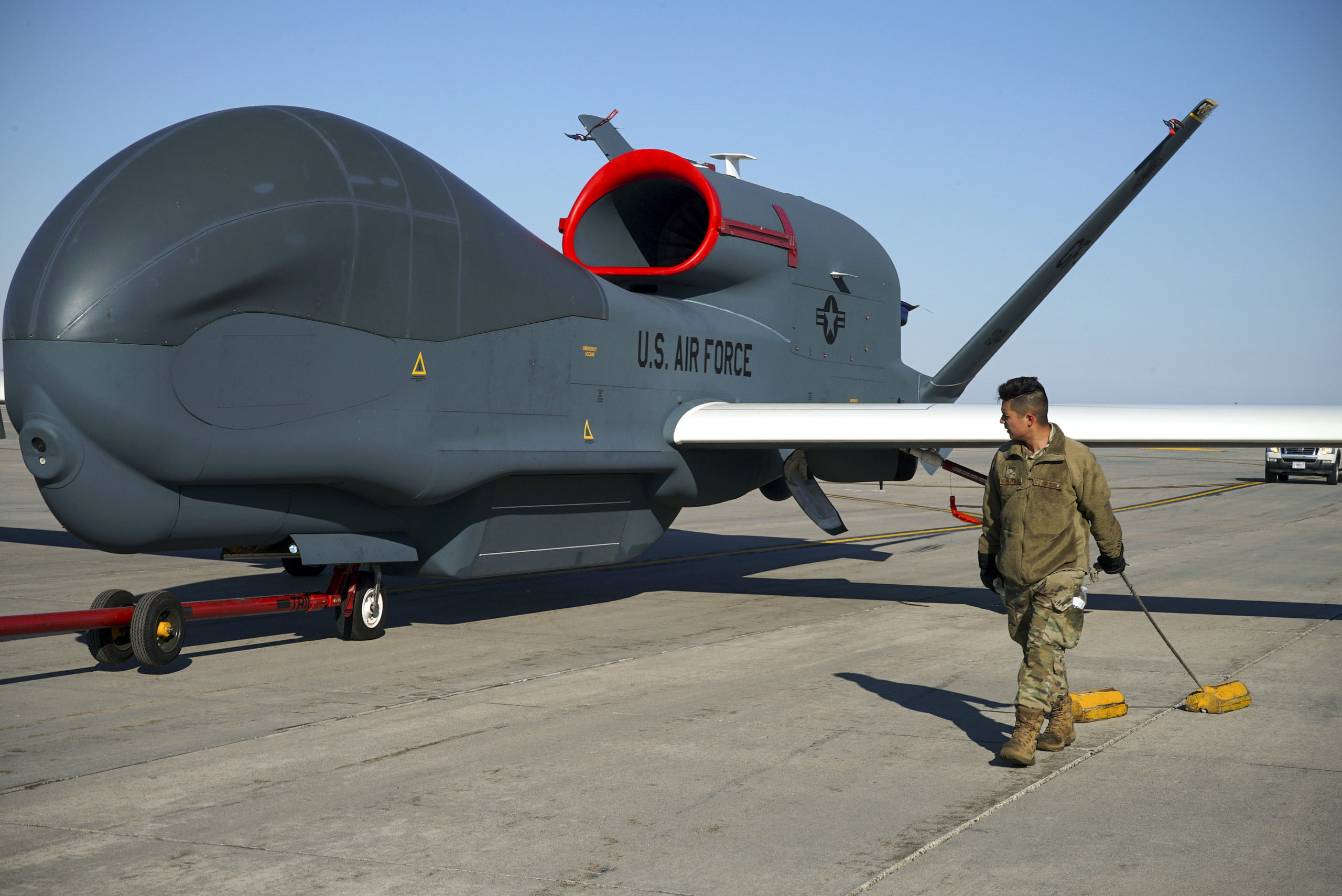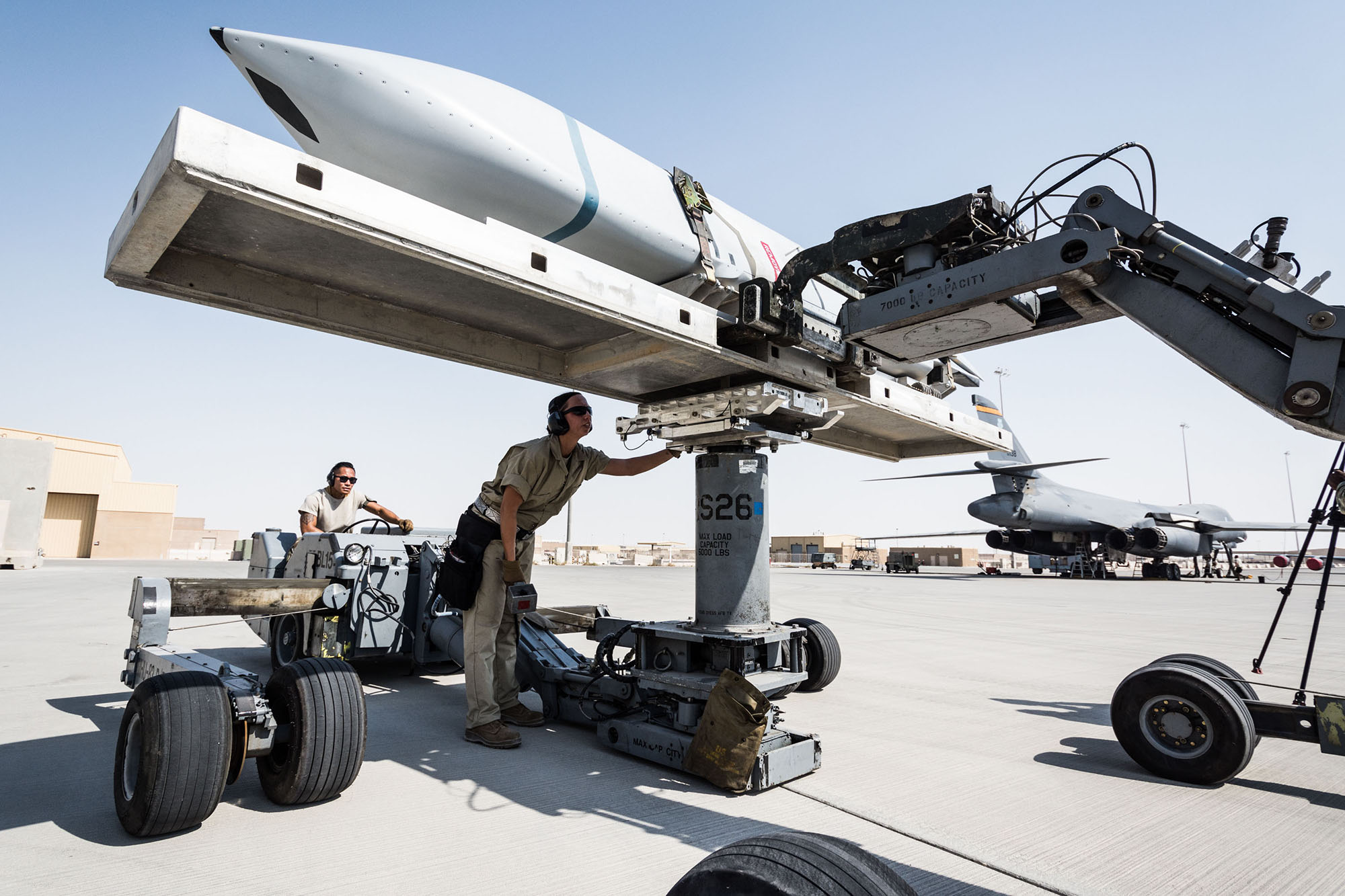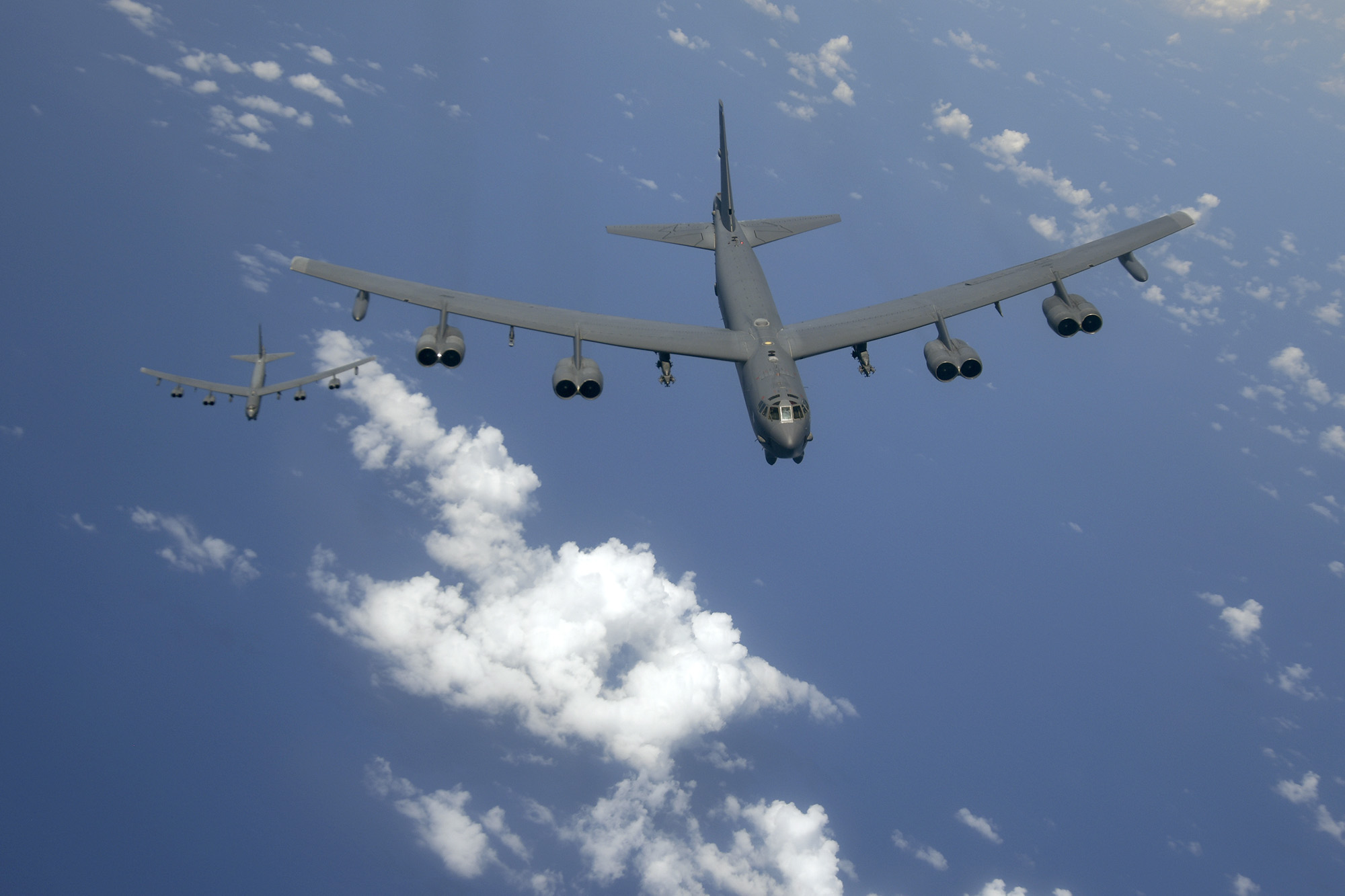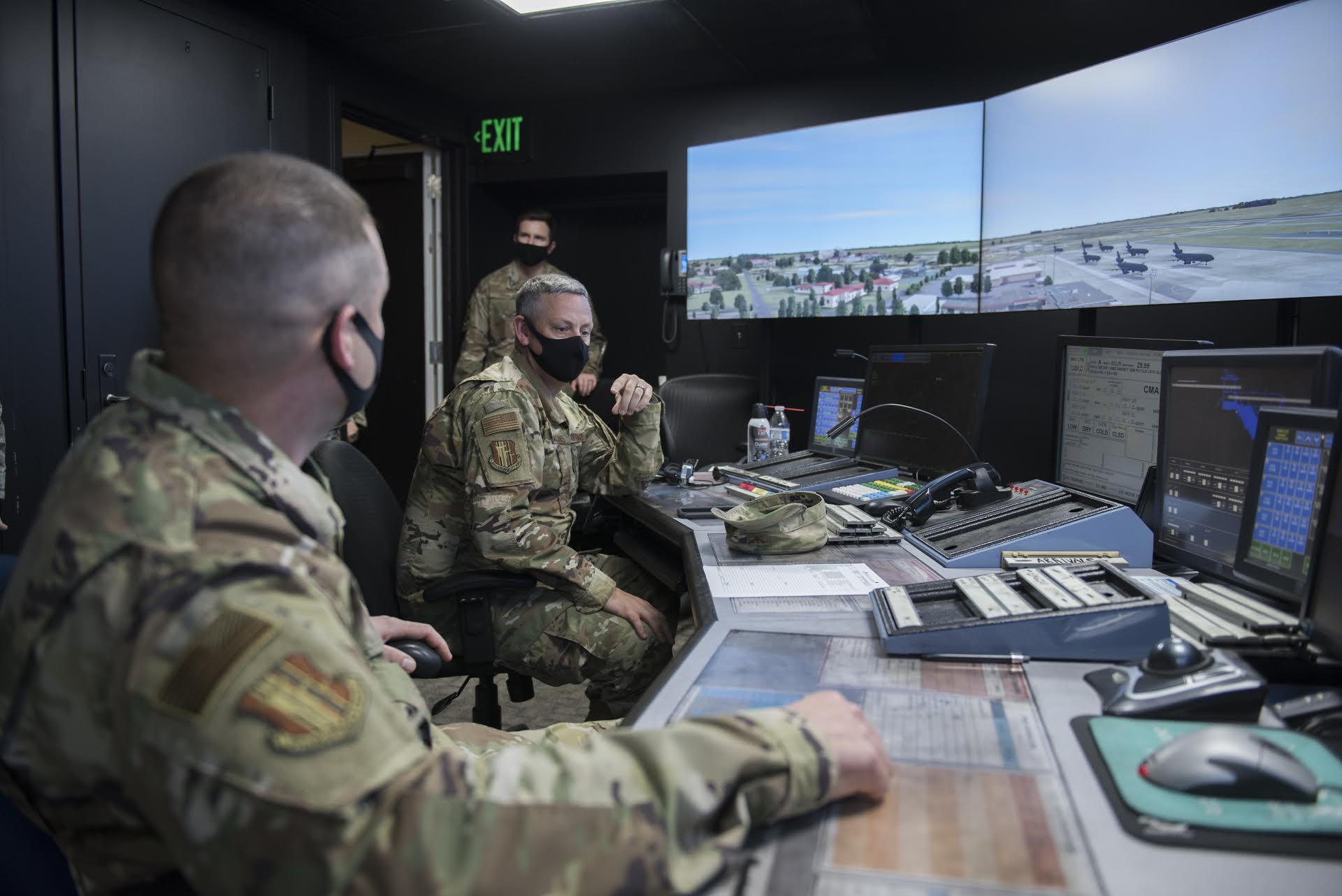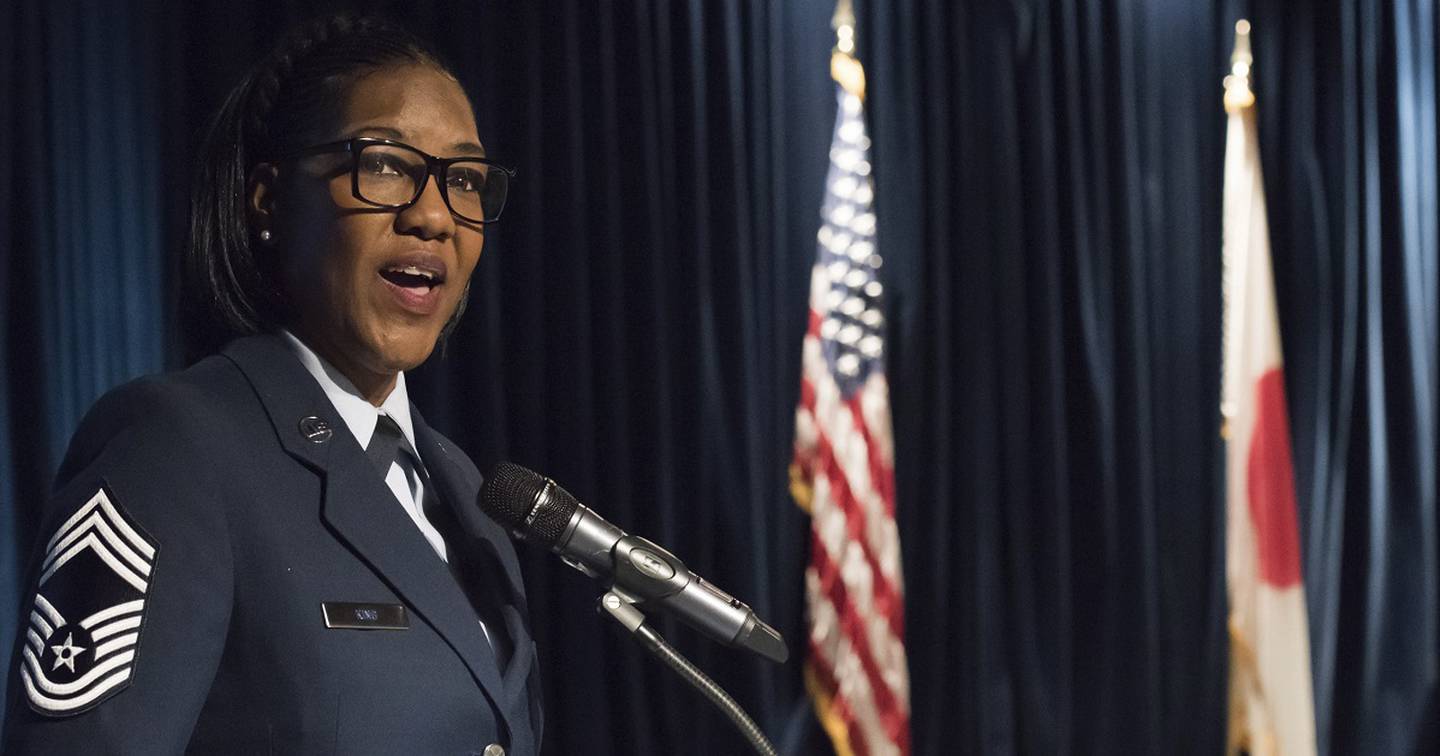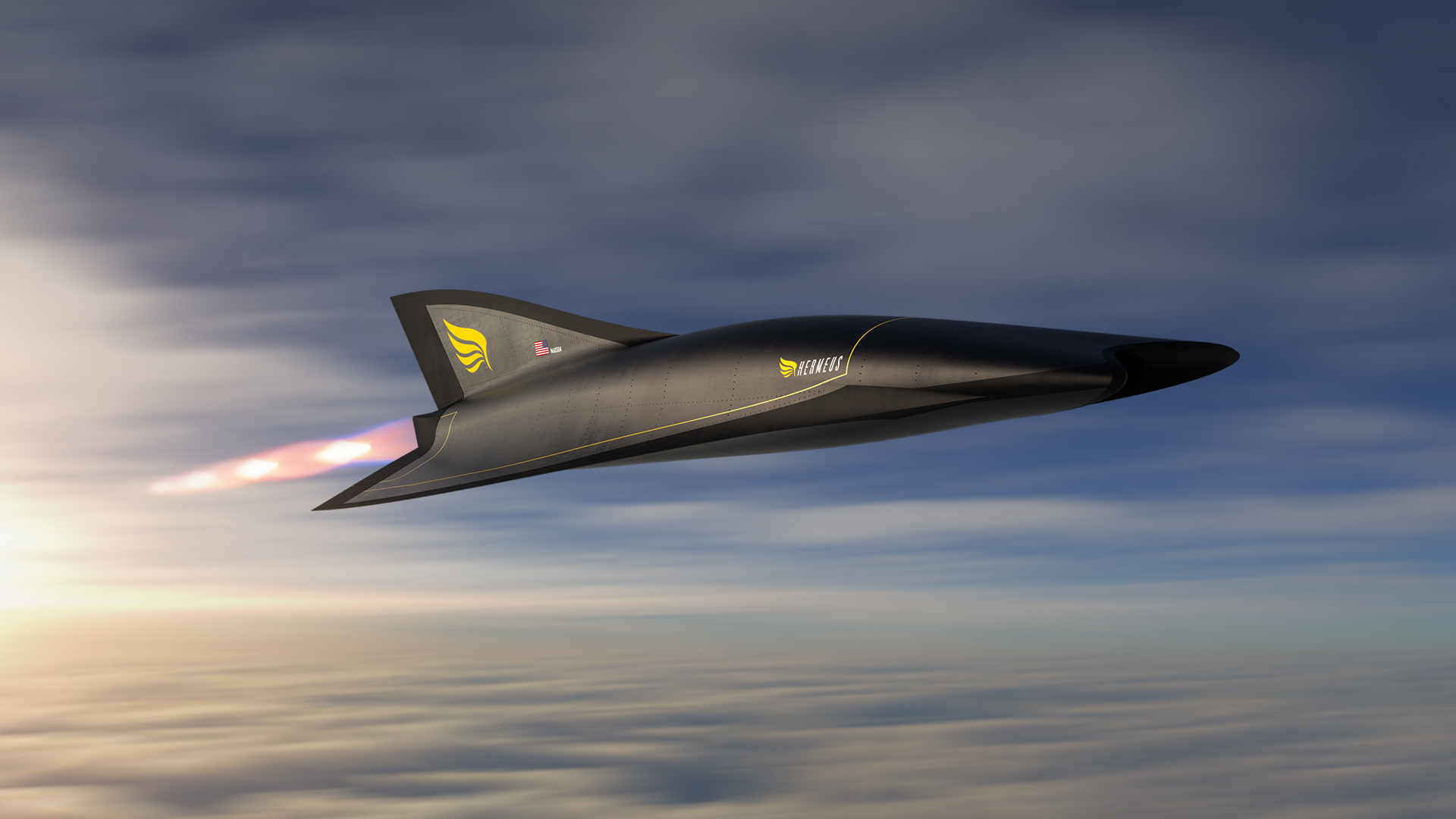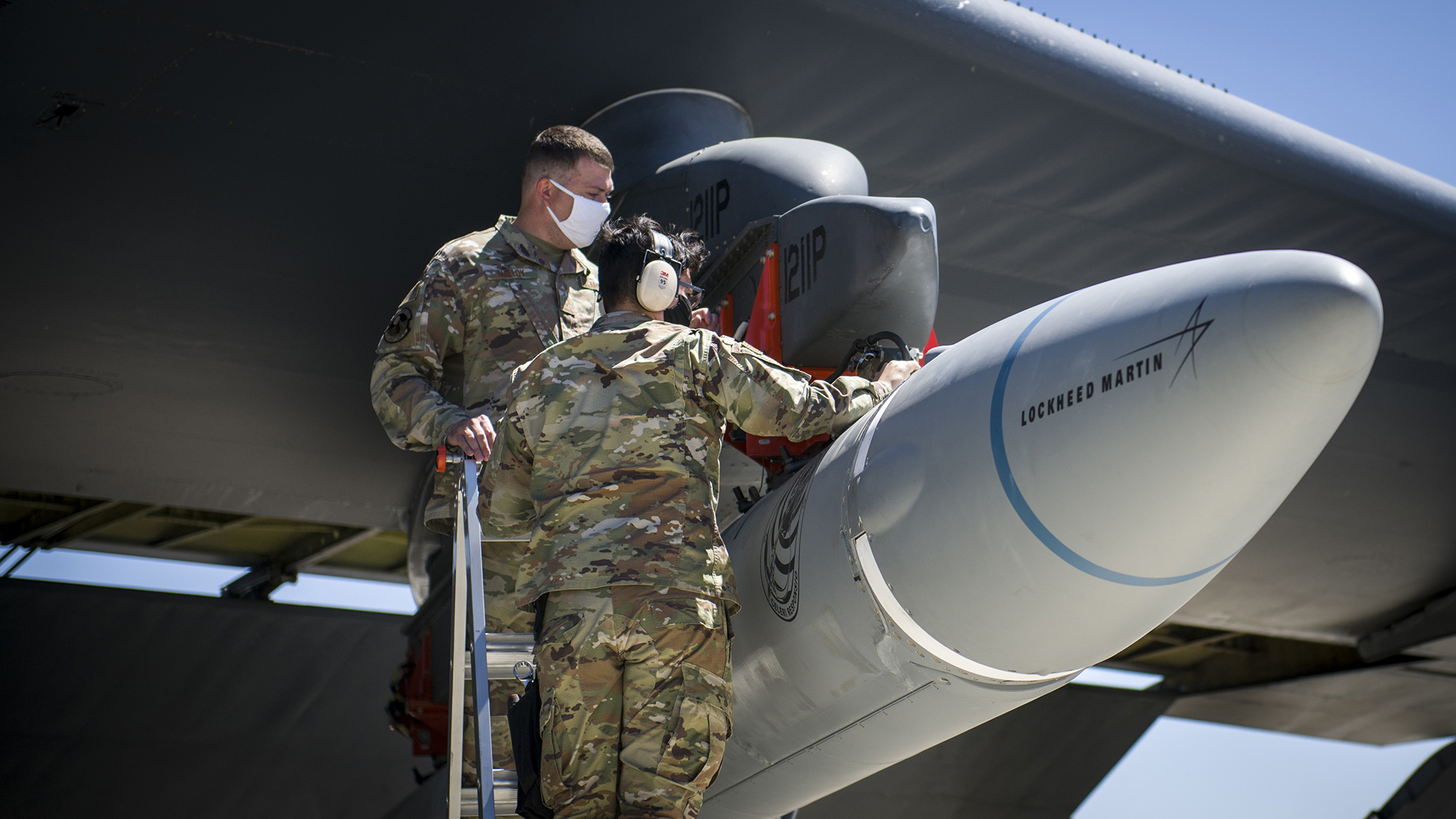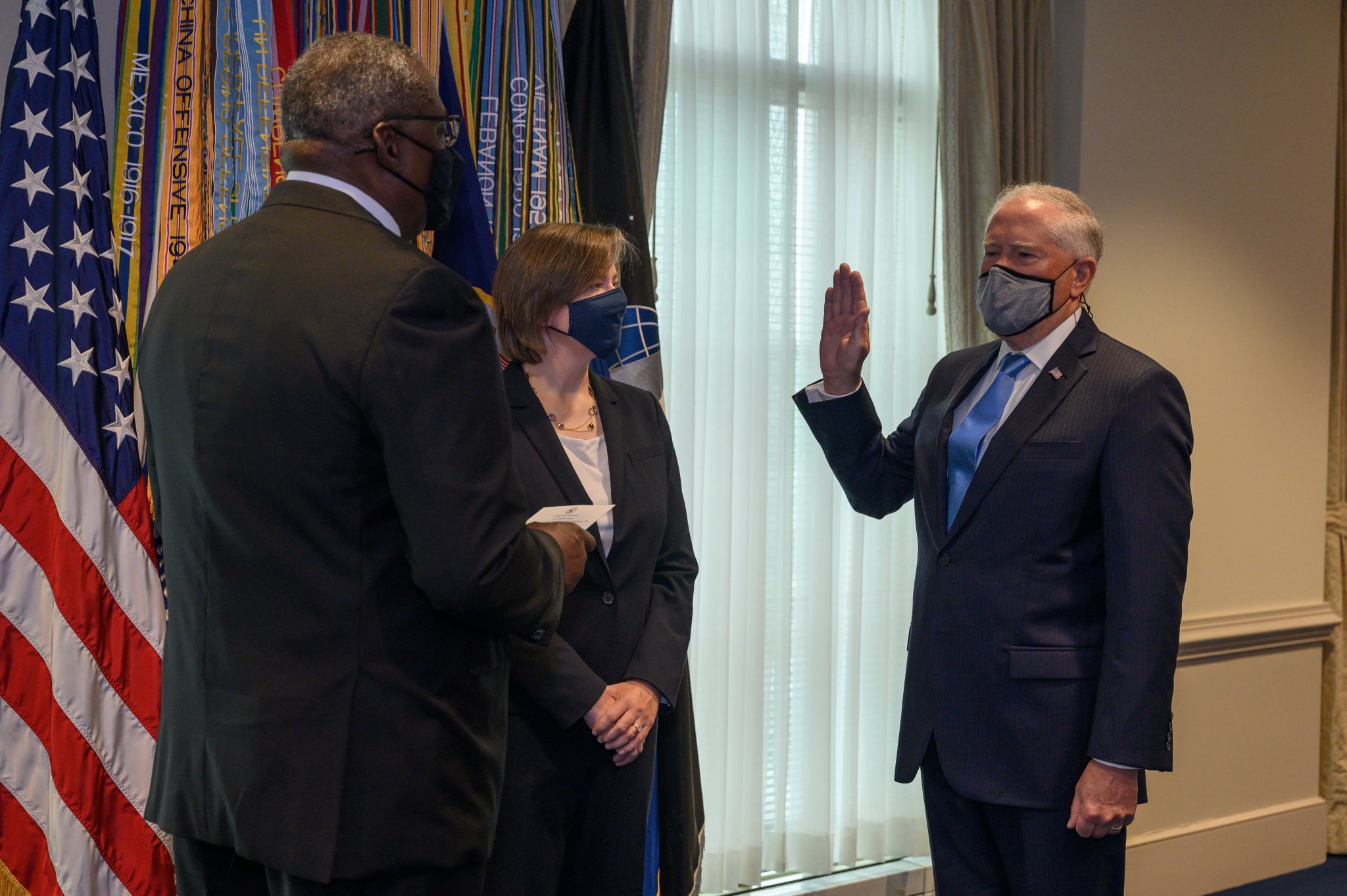Air Mobility Command on Aug. 6 announced it is freeing up the KC-46 for more operations, allowing the tanker to refuel C-17s, B-52s, and other KC-46s in some circumstances.
It is the second “interim capability release” for the troubled tanker. AMC last month cleared it to refuel aircraft with its centerline drogue. In February, AMC said allowing KC-46s to pick up some of the tanker load in non-combat tasks can free up legacy KC-135s and KC-10s to fill more of those responsibilities.
AMC boss Gen. Jacqueline D. Van Ovost, in announcing the plan in February, said, “under this new approach, if AMC is tasked to provide [aerial refueling] support for an operational coronet mission to move F-18s overseas or an operational B-52 mission, the KC-46 is on the table, which frees up KC-135s and KC-10s to execute other combatant command deployments that the KC-46A is presently unable to support with its existing deficiencies.”
As of July, KC-46s have flown more than 5,000 sorties, with 2,700 of those this year. The command reviewed the tanker’s operational criteria in recent months and determined it was ready for more taskings from U.S. Transportation Command, said Brig. Gen. Ryan R. Samuelson, AMC’s deputy director of strategy, plans, requirements, and programs and the KC-46 cross-functional team lead, in a release.
“Though a fully-mission capable aircraft is a few years away, releasing capability our KC-46 bases have demonstrated they can safely and effectively support and employ is a large part of how AMC is accelerating the KC-46 on the path to becoming fully operational and combat-ready,” Samuelson said.
There’s no timeline for the next announcement, according to AMC. The capability releases come as the command and other leaders determine the tanker can conduct more operations, based on the abilities of the crews and data from recent operations.
Since October 2020, KC-46s have conducted more than 4,700 refueling contacts with C-17s, B-52s, and other KC-46s, according to AMC.
The command, in announcing the ICR plan, said it aimed to pick up the refueling load in taskings for training, exercises, and some “coronet” deployments—carrying fighters or other aircraft on their deployments outside of the U.S. The KC-46s will not deploy for combat operations until fully operational.
There are still several Category 1 deficiencies on the tanker, defined as those that may affect pact the safety of flight. The most notable ones are with the tanker’s troubled Remote Vision System, which is being overhauled with a 2.0 version expected to become operational in 2023, and with the tanker’s “stiff” refueling boom, which is blocking it from refueling A-10s.
The Air Force in June announced two more Category 1 deficiencies, which are being fixed at Boeing’s expense. These center on instability with the aircraft’s Flight Management System software and its receptacle drain tubes. Boeing has a design fix in place and is “working through the process to get that finalized and then get it through the system,” said Paul Waugh, the Air Force Life Cycle Management Center’s executive officer for mobility and training aircraft, during an Aug. 3 virtual event. “I think those two latest fixes … are well on track to be in resolve.”
